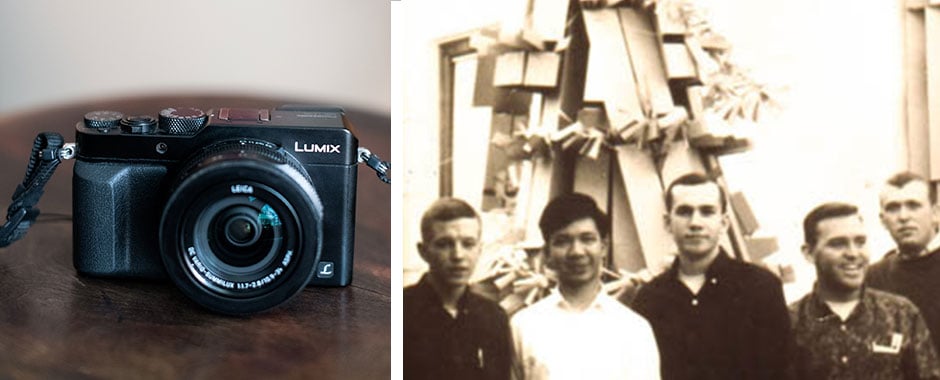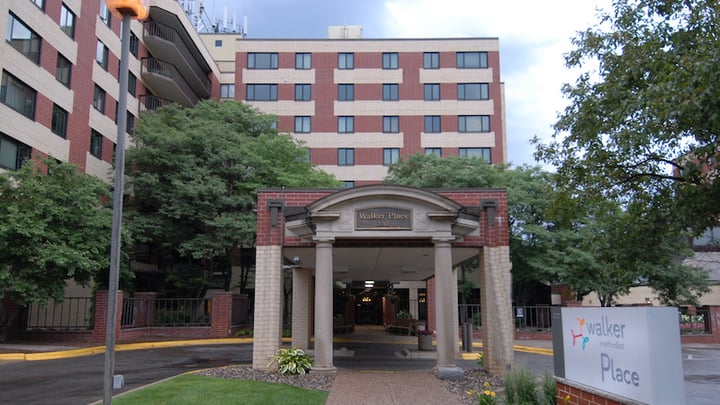Revisting the Familiar
“Eventually, I decided I wanted to get away from teaching and become more reconnected to the world and become an architect again. I reached out to some people and ended up accepting a position with a developing company in Baltimore doing projects around the country. In fact, they owned and developed, say, close to 75, 80 shopping centers.
"The firm I worked for was changing the retail environment, they were changing the urban environment, and they were buying up properties and converting them. We were changing these places back to real thriving, enterprising places, places that were exciting to be, places people love to go.
"I spent a good 10 years with them and all of a sudden the economy falls out and I got laid off. I thought, what’s next? It took me a while to get my feet on the ground. A couple of years later I got hired by some designers in Colorado. In fact, they were some of the same people who were working with me at the development company.
"I worked for them for a few years, and then I felt like I was ready to do the work on my own, so I developed an office in Denver and did the same kind of work. It was basically environmental graphic design. I did brand identities for shopping center developments and that was very exciting because I could make the connection between a good design and making money. I thought that was fantastic. To be able to make that connection.
"I learned that through my retail experiences, a good design not only made sense, but it was a very profitable venture. I did that for about four years. One of the projects was here in Minneapolis. It was uptown shopping, uptown center, uptown square, where I developed the crown logo on top of the building on one of the street corners."
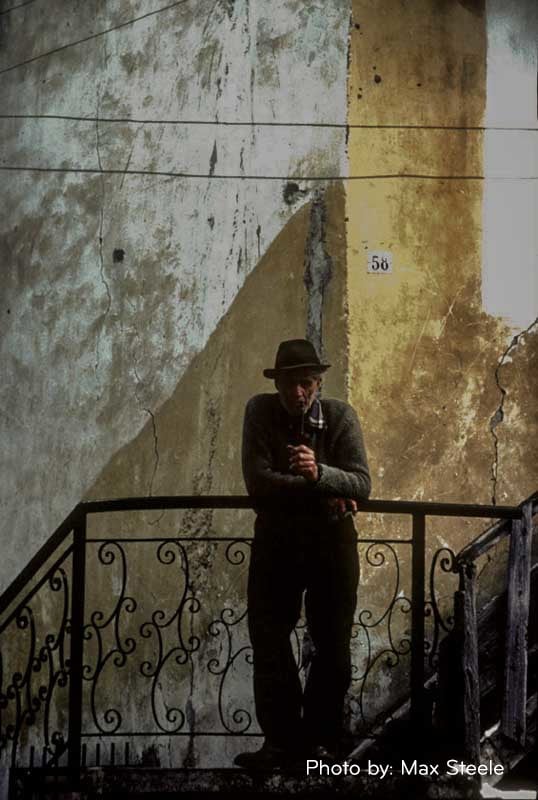

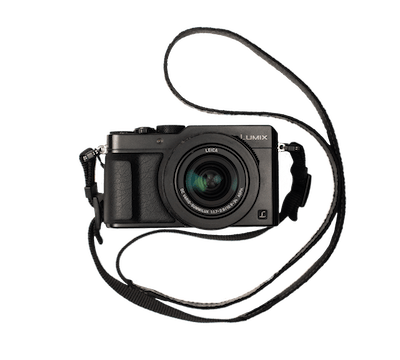
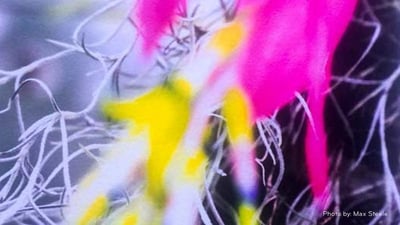
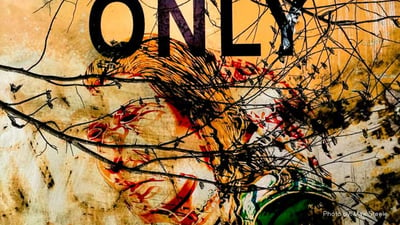
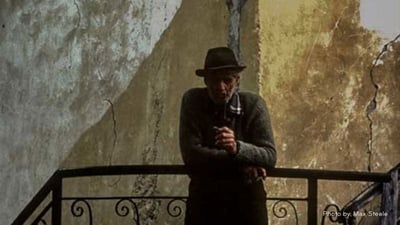
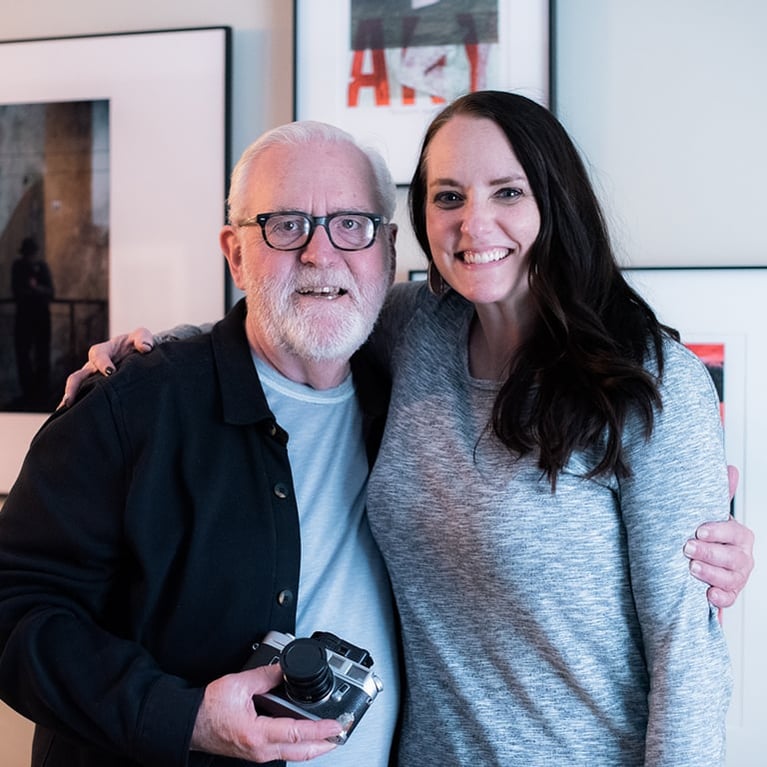
.jpg?width=940&name=Blog-Inline-Max-1%20(1).jpg)
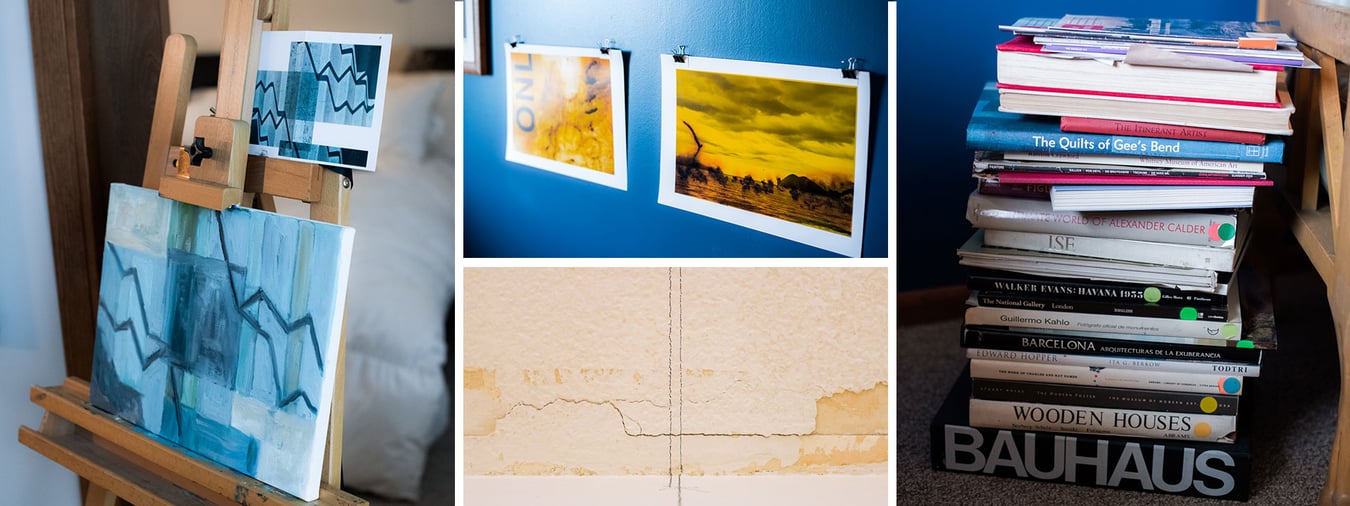
.jpg?width=767&height=767&name=Blog-Testimonial-_0004_Max-2%20(1).jpg)
.jpg?width=940&name=Blog-Inline-Max-2%20(1).jpg)
